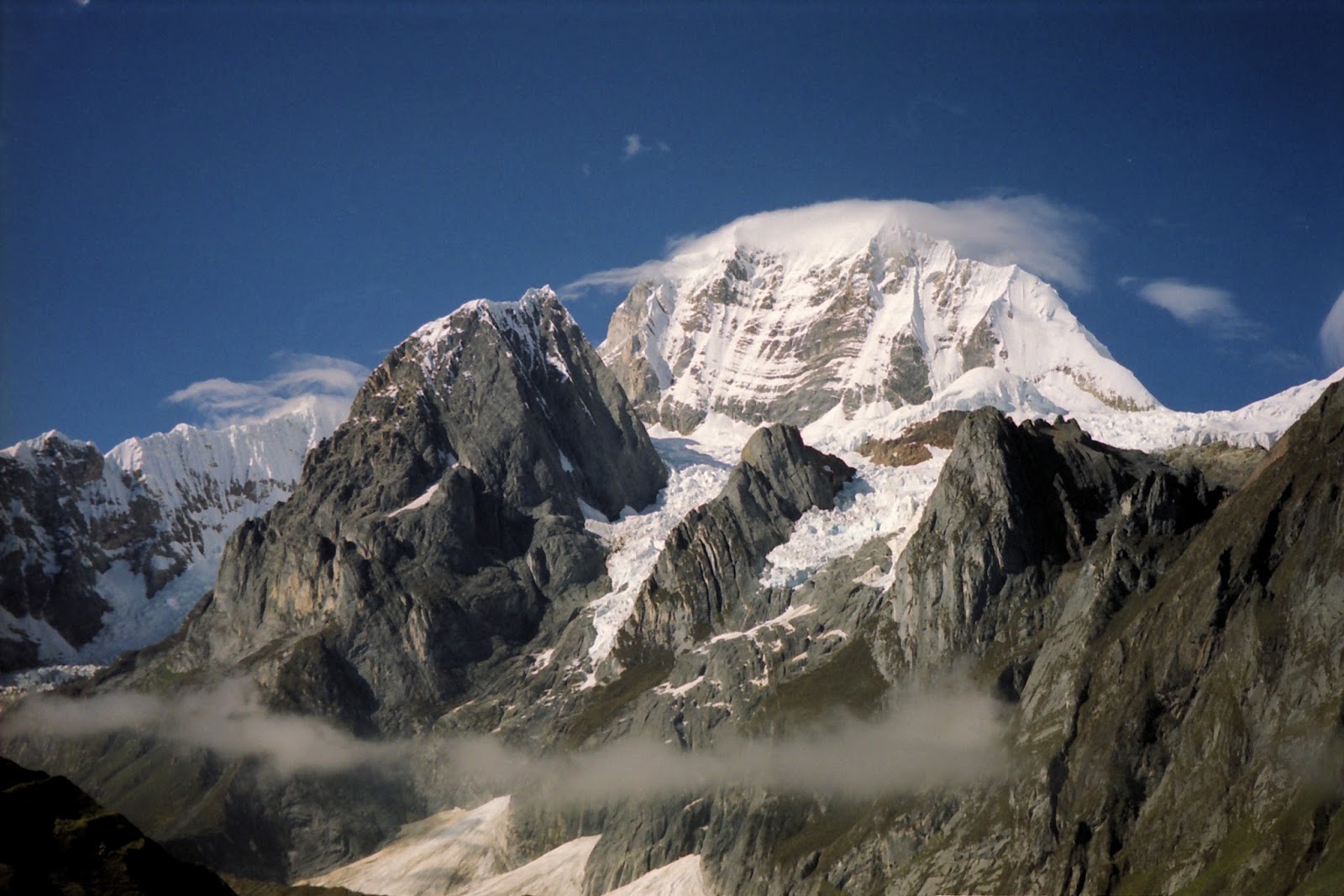 |
| You probably can't do much better than Henrietta's apartment in Madrid |
My first encounter with
Airbnb was in 2012 when I looked for a place to stay in Paris. More precisely I wanted to stay in Marais this time around, and found the price of the hotels rather expensive compared to what you got. Somehow, I stumbled upon Airbnb which (then) was pretty much unknown in Norway and found a chic and big apartment smack in the middle of Marais, and the price was very favorable compared to a hotel.
After that success I decided to give this modern concept of B&B some more shots on the next "round the world" trip. Homestays was booked in Singapore, Sydney, Los Angeles, San Francisco, Miami, Madrid and London. Overall, I got excellent value for the money everywhere, and the most interesting places were where I rented a room in someone's house/flat. That way I got to know so much more about the place, and met some genuinely interesting and open-minded people.
If you look around internet I'm sure you can find some bad stories about Airbnb (just as every other hotel/hostel), but if you use common sense I'm sure you usually will be pleasantly surprised. What I'm looking for when I'm booking is this:
1. (Many) Good reviews
2. Newly listed places may be very good value. If it is put some effort into tidying up the flat, and some/many (high quality) nice-looking pictures, you are probably safe. For example, I was the first visitor both in Sydney and in San Francisco, and both places were awesome (as they say in Australia).
3. Avoid someone who rents out a multitude of places. I had no option but doing that in South Beach, Miami. The location was excellent. The apartment so-so, but no way bad.
 |
| Lisa & Joe's place in Venice Beach, L.A. left a much better impression than the rest of the city. |
When I got back home, I decided to even put up my house for rent if someone (for some unknown reason) wanted to visit my hometown. I haven't exactly been run down by customers, but more than 2500 dollars in less than half a year isn't too bad in my opinion. Of course Airbnb has to earn money some way, and takes some % both from the renter and the host, but I think it is only fair for creating this excellent new opportunity for travelling.
So, if Airbnb sounds interesting for any future trip I would really recommend giving it a shot. If you make an account through
this link, you will get 25 dollars towards your first booking (I get 25 as well)
 |
| Christal's apartment in Sydney had exceptional views to the opera and the rest of Sydney. |




































